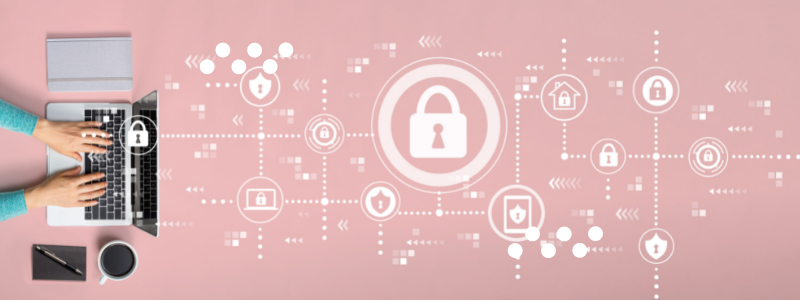The new year is a great time to prioritize digital hygiene and organization.
 Ensure you have strong passwords and use LastPass to manage your passwords, report phishing using the new reporting button within Outlook email, make certain that website links begin with HTTPS:// before you share any personal data or make a purchase, and tighten privacy on your social media accounts. We’ll come back to these tips in a minute.
Ensure you have strong passwords and use LastPass to manage your passwords, report phishing using the new reporting button within Outlook email, make certain that website links begin with HTTPS:// before you share any personal data or make a purchase, and tighten privacy on your social media accounts. We’ll come back to these tips in a minute.
As for organization, delete old computer files and apps you’re not using and declutter and organize online storage and collaboration spaces like OneDrive, network storage, Teams and Slack channels. Also, set up or extend recurring calendar events. While you’re at it, assess whether these recurring items are still working for you.
Finally, check out new or new-to-you apps and technologies that can make your digital life easier. For instance, OneNote, one of many applications included with your University-provided Microsoft 365 suite of tools, makes it easy to organize in one place your notes, plans and information for work, school and your personal life.
Now let’s address those earlier digital hygiene tips one by one.
Use strong passwords or passphrases and a password manager
Instead of passwords, consider using a passphrase (sentence or string of at least three words) with 16+ characters. It will be more secure and easier to remember than a random string of characters. Don’t re-use your passwords.
Use the LastPass Premium password manager
The University provides LastPass to faculty, staff and students for personal use at no cost. LastPass remembers all your passwords, so you don’t have to. Additionally, LastPass can tell you if your password is discovered in a breach, notify you of risky password reuse, and provide you with a score to help improve your online safety. LastPass Premium also has a convenient mobile app to help you with website and app logins.
Report phishing more easily
Use the new functionality in Outlook that enables you to report phishing and junk with a quick and simple click of a button. By reporting suspected phish, you can help prevent others from becoming victims.
Look for the lock
Pay attention to whether website links begin with HTTPS:// or HTTP://. The “s” means the site is encrypted, and you’ll also see a padlock icon preceding the HTTPS://. Make sure a website has that padlock if you’re going to share any personal data or make a purchase.
Tighten privacy on your social media accounts
Protect yourself and your privacy by limiting visibility of your profile and your posts and disable location services unless you absolutely need it. Also, use multi-factor authentication. If your password is stolen, you’ll have an extra layer of protection. Finally, be very selective with the third-party apps that you allow to access your social media accounts and routinely review whether you still want to give them access.
